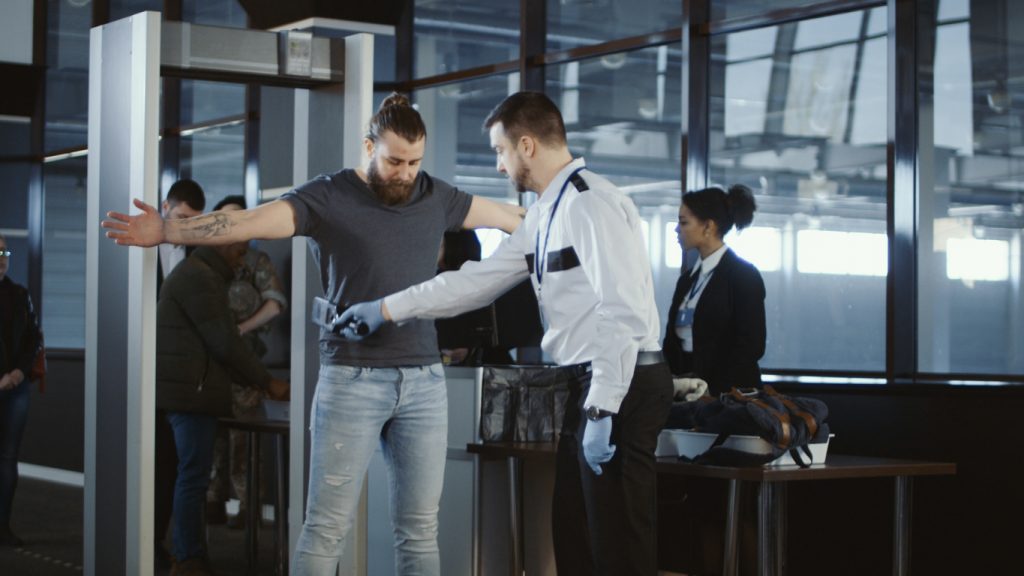So far in 2016, we have had the horrific Brussels-Zaventem airport attack and subsequently, an equally devastating bombing and shooting at the Istanbul-Ataturk airport, one of Europe’s busiest. Both attacks occurred in areas readily accessible to the public. In Brussels, suicide bombers targeted check-in areas, blowing up their explosive vests and killing 32 people. In Istanbul, the shooters-who also carried crude explosive devices-targeted the baggage claim area. As is the case in most airports worldwide, both the check-in and the baggage retrieval areas are open to the public with little, if any, visible security.
Walk in to any airport in the US, Europe or the Middle East and you will find a welcoming check-in area, complete with newsstands, eateries and dozens of check-in banks and lines. Airport personnel and passengers mingle, by design, in the area and access is gained through public transportation, taxi, bus, personally owned vehicle, etc. Terrorists correctly have identified this area as vulnerable to infiltration and subsequent attack. The same goes for the baggage claim area, usually on the lower level of a terminal and quite possibly even more vulnerable to attack, given that it is less crowded and appears to receive less attention by law enforcement. After all, those people are leaving the confines of the airport. That however does not make the area safer, as the Istanbul attack made painfully clear.
In the 1970s and 1980s, airport check-in area attacks, especially in the Middle East and in Europe, were frequent. In December, 1985 the airports in Rome, Italy (Fiumicino) and in Vienna, Austria (Schwechat) were attacked by gunmen who threw explosives and sprayed passengers and airline personnel with bullets. The targets were the check-in counters for US carrier TWA and Israeli carrier El Al. A total of 19 were killed. In the aftermath of that attack, Italian authorities relocated US and Israeli carriers to their own check-in area, where passengers were screened for tickets and an ID before entering. That helps somewhat, but a determined terrorist on a suicide mission would not hesitate to purchase a ticket for same day travel and then detonate an explosives-laden vest once inside the check-in area.
In the years after the Rome attack, uniformed police officers and military personnel became commonplace in non-US airports. That certainly adds a deterrent. Not until after the attacks of September 11, 2001 did such personnel become visible in US airports. Better late than never, but their presence inside the terminal may be more of a security blanket for nervous passengers rather than a strong deterrent. Of course, no deterrent is foolproof. So the question is, what else are airport operating authorities to do to harden security in these public access areas?
We’ve listed below some of the practices either currently in place or under consideration by airport authorities worldwide. Not all will be effective in each and every airport, as local laws, customs and the effectiveness of personnel training will influence the outcome. Furthermore, the structure of airport terminals, including drive-up access as well as subway or other train service to the building must be considered. Among the most common under consideration are the following:
-Adopting a double layer of airport security screening, which would include placing X-ray machines and scanners at the entrance to the terminal. In effect, access to the terminal is granted only after successfully meeting the screening requirements curbside. We note that airports in Turkey have this entrance area screening. It was not however in place at the baggage claim area entrances.
-Increasing the number of explosives-detecting K-9s, both inside the terminal and along adjacent sidewalks. The dogs are extremely accurate in their detection capabilities, but it is an expensive proposition and it takes an average of a year to train the dog and its human handler before deployment.
-Increasing the number and the visibility of armed, uniformed military and police personnel in and about the terminal, especially along terminal access roads and sidewalks. Random roadblocks and law enforcement searches of vehicles attempting to access the airport terminals are on the increase.
-Finally, both in Europe and in the US, increased intelligence gathering and sharing is indispensable. Airport security squads have been stood up both in the FBI and in some local law enforcement departments specifically to gather, analyze and share intelligence. Airline and airport operating authorities must assume an active role in these groups, as their local and daily incident reports, from a suspicious package to reporting of an unruly passenger or a passenger who is turned away, need to be reviewed and analyzed for proper context. Any and all incidents deemed to be attempts to thwart or evade security must be reported and shared.
Of course, there are many more noteworthy security enhancements being implemented worldwide, many of which are not made public for obvious reasons. Predictably, as airlines and governments have hardened the overall commercial aviation environment, especially with regard to aircraft access, terrorists have sought to identify softer targets. Successful attacks on these targets have devastating effects, both physical and psychological. We must stay one step ahead of the terrorist, but finding reliable measures that are not turned on their head with each new attack is the challenge.

